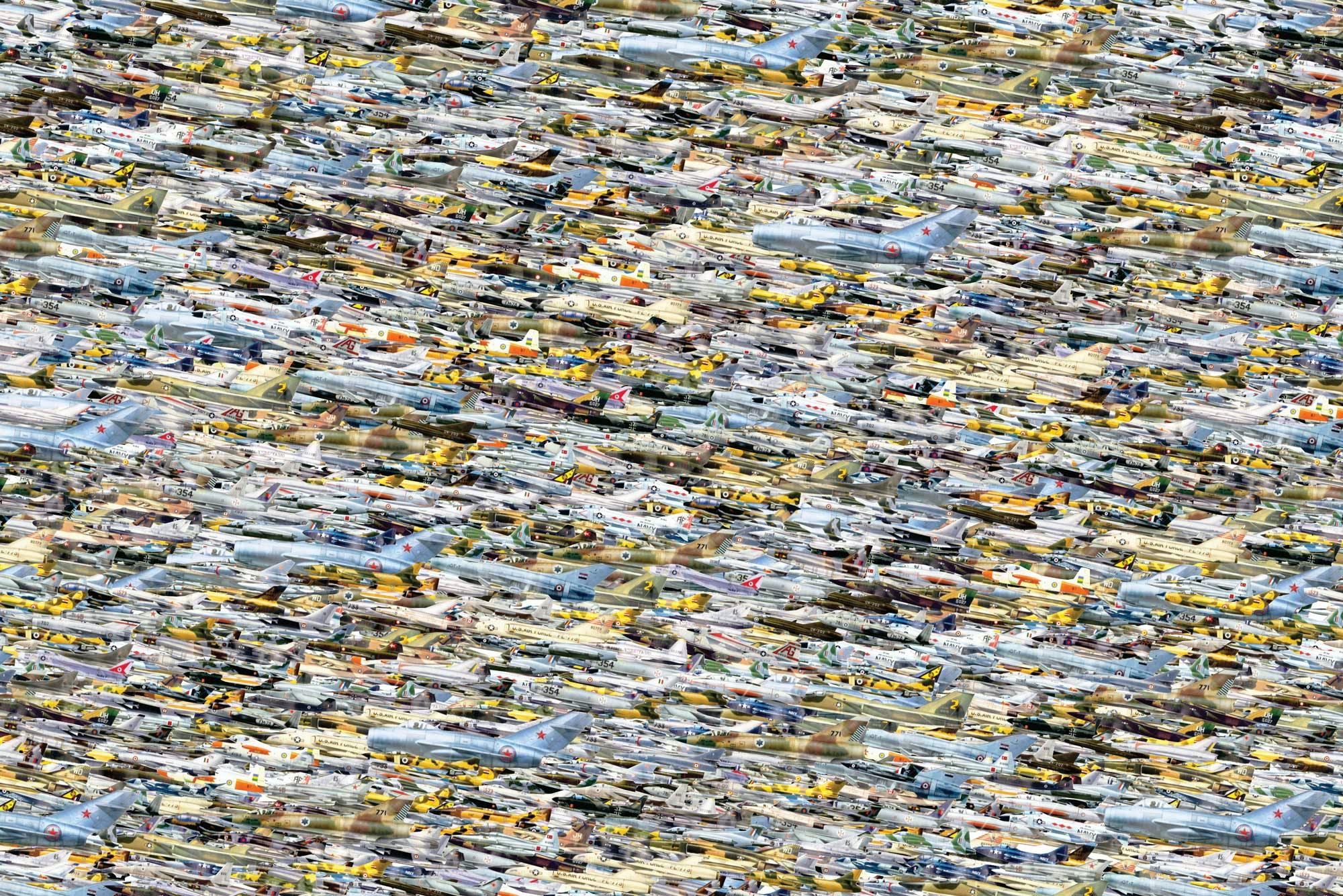How not to be boring

Eyesore is an architecture magazine less about the design and straight lines of buildings, than the people who live in them. The magazine is serious, but at the same time, funny: the third issue featured a nightmarish reconfiguration of a typical childhood bedroom wallpaper by Michael Price — an artistic interpretation of the tension implicit in not having enough money to move out of your parents’ home.
This Friday (November 29), Eyesore launches Imprint, its own publishing fair at The Building Centre in Bloomsbury. An artistic response to London’s changing landscape, the fair will feature print — Like Flaneur, Citizen and Afterparti — that questions the political and psychological implications of our built environment.
Magazine fairs tend to appeal to a pretty limited slice of the population: usually those who aren’t directly suffering the implications of the housing crisis or gentrification. Eyesore’s Arman Nouri spoke to us about how Imprint will do something richer, and more dynamic.
You’ve said that a lot of fairs you’ve been to recently have been depressing. It is true, they can be! What have you found depressing about them?
I’m not sure if depressing is the right word. Boring? Yes. Predictable? Absolutely. Without naming names, some of the fairs we have been to over the last few years, both in the UK and abroad, have felt passive and static. You walk in, see this, buy that, and leave, and this very transactional atmosphere is hugely uninspiring for both visitors and participants. We know that it doesn’t have to be like that. The beautiful thing about a fair — as a concept, at least — is that it allows a lot of people with amazing ideas and talents to be in one room together.
You’re exploring the city through print at this fair. Can you explain a little bit about what that means, and why it’s a different thing to, say, a selection of traditional travel magazines?
We want to bring together a variety of people who have something meaningful and important to say about the city and are using print as a way of doing so. What other fair would put the world’s leading urban research laboratory (UCL’s Urban Lab) alongside a grassroots community campaign fighting for their lives against the corporatisation and gentrification of inner-city London (Save Latin Village)? Or a university professor who makes comic strips about the city in his spare time (City Strips) next to the group of BAME, aspiring architectural critics who created Afterparti, an incredible zine exploring race and identity? Contemporary architectural publishing is diverse, radical and international. Imprint will show that off.

Can you tell us a little more about Save Latin Village and why you wanted to include it?
Save Latin Village is one of the most important campaigns in London today. It was formed to defend the Latin Village in Seven Sisters; an indoor market which predominantly houses Latinx independent traders and small businesses and which has been under threat from corporate regeneration for over fifteen years. The campaign has grown to become a vital voice for the Latinx community. We were lucky enough to cover them in our last issue and have since built up a relationship with them. To be honest, their inclusion in Imprint was a no-brainer. Publishing is a key tool used by them to communicate and advocate — whether its posters, community-led plans, or photographs documenting the market. It would be seriously messed up if we wanted Imprint to expand how architectural publishing should be thought about, and not have Save Latin Village as a key part of that.
The aim is to have local young people and families coming down. The ‘built environment’ can be a forbidding subject. What do you think usually keeps non-architects away from from architecture?
Since starting Eyesore in 2015, our mission has been to broaden what architecture means and what it can do. It is not just buildings, streets and spaces. It is an everyday experience. It is housing, it is climate change, it is inequality. At its worst, it damages and negates; at its best, it enhances and allows people and communities to flourish. Historically-speaking, professional architecture has always been a closed-off, unequal space. We would argue that remains the case today. If we want to meaningfully address the climate emergency, solve the housing crisis and eliminate inequality, architecture has to be at the vanguard. But it has to be representative — it has to be different to what it is today. Thankfully there are some significant individuals and initiatives working hard to broaden participation and to solve issues in ways which no one is really doing. A small, relatively niche sub-sect of them — those who use print in their practice — are included in Imprint. There are so many more.
Imprint will run from Friday 29 November until Sunday 1 December at The Building Centre, 26 Store Street, WC1E 7BT, London. Entry is free.
Lead image by Michael Price



